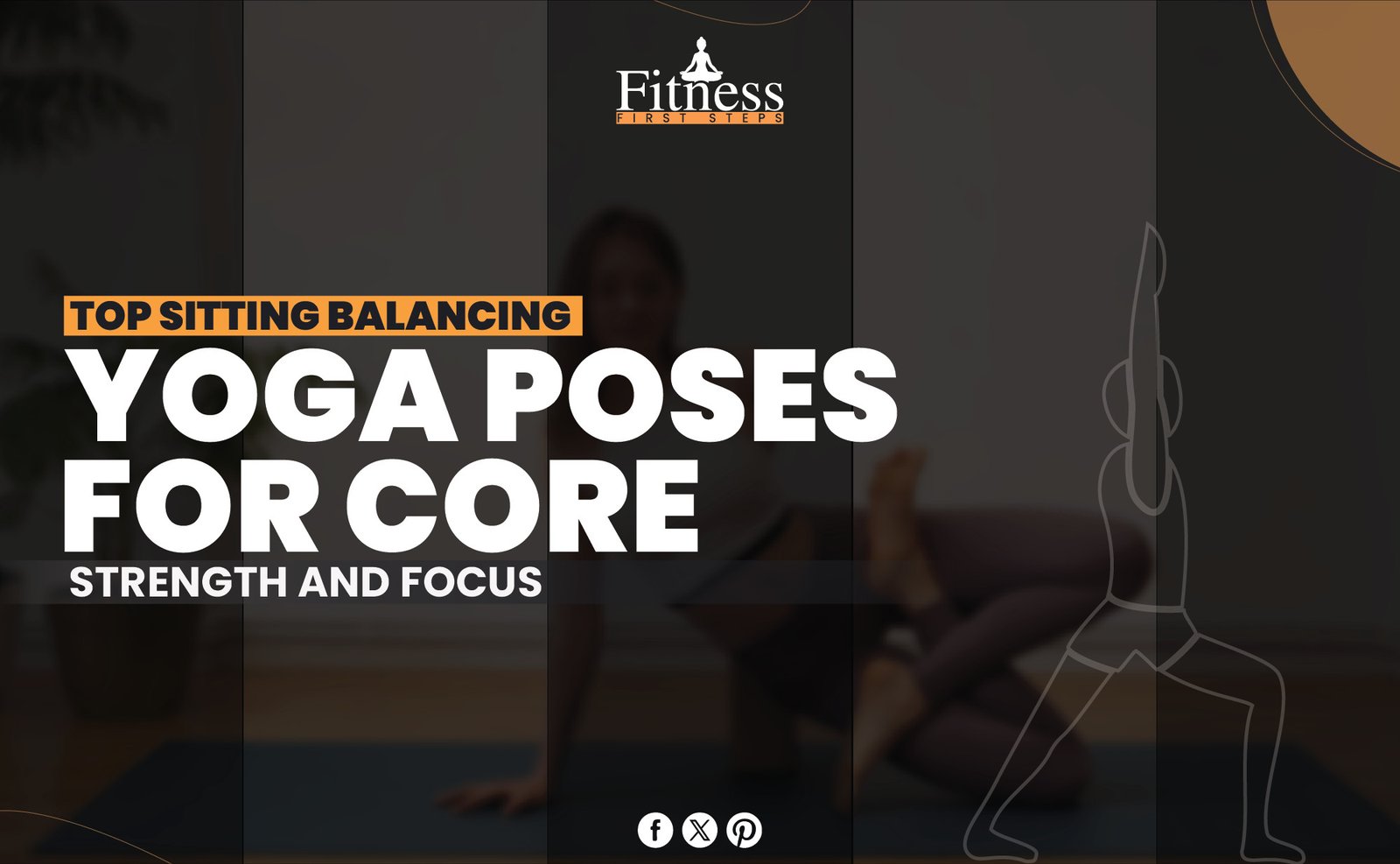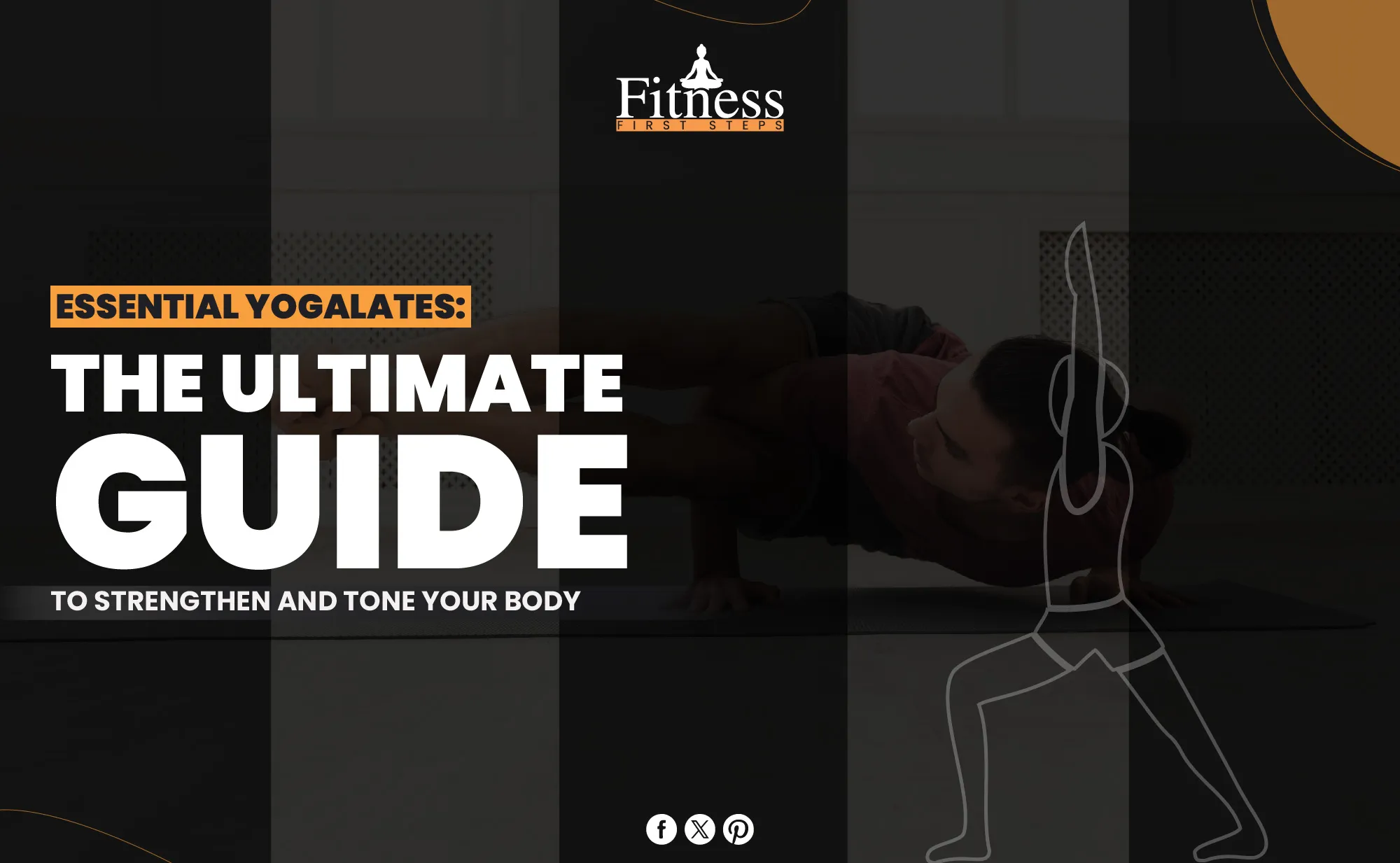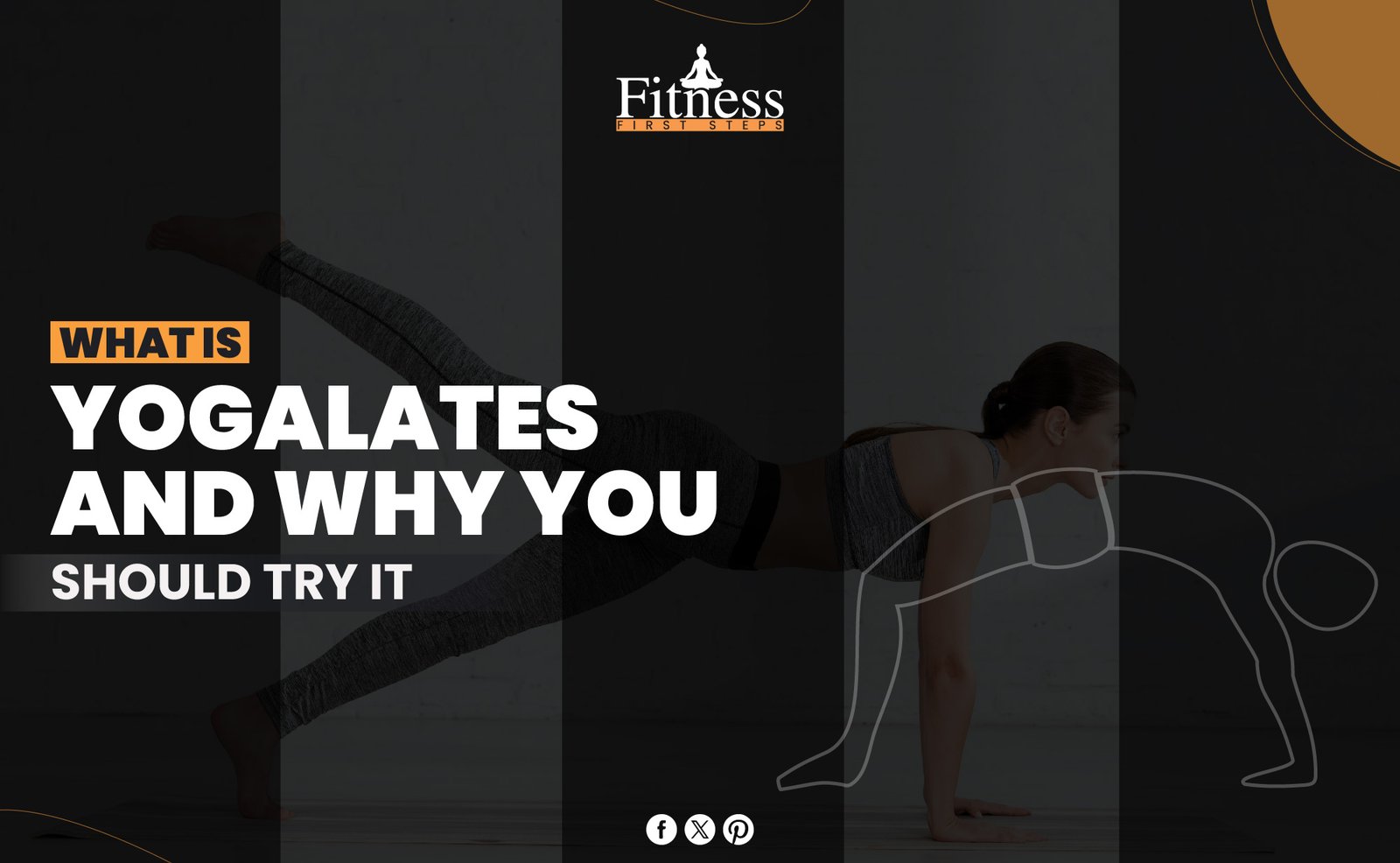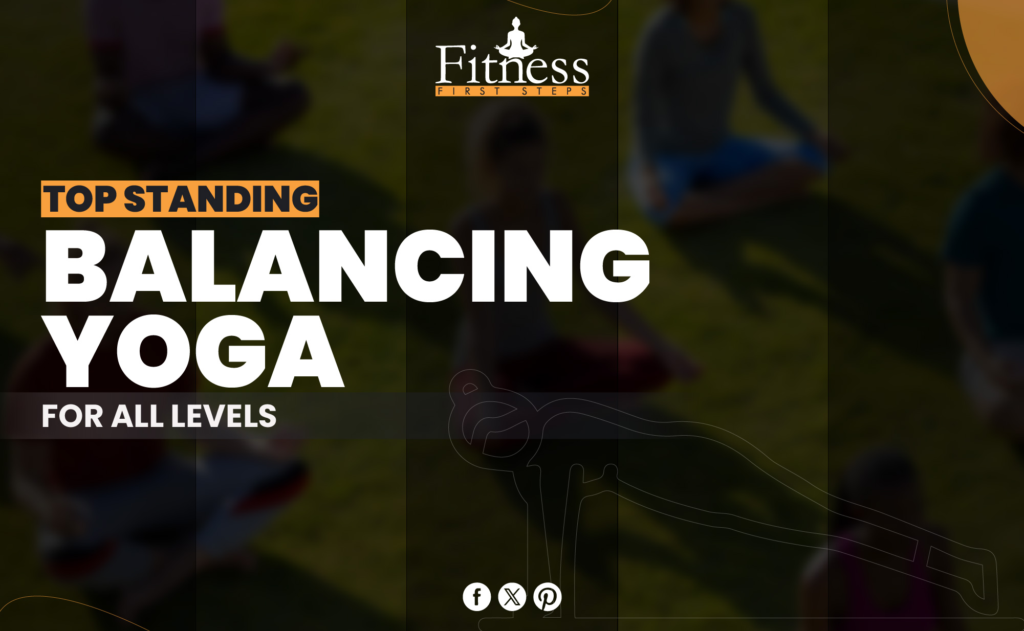Introduction to Scorpion Pose
Scorpion Pose, or Vrschikasana in Sanskrit, is a mesmerizing yet demanding yoga posture that builds strength, flexibility, and balance. In this advanced asana, practitioners invert their forearms, arch their back, and point their feet at the head, like a scorpion. Scorpion Pose improves physical strength, mental focus, and tenacity, making it a worthwhile objective for serious yogis.
The Sanskrit word “Vrschikasana” (Scorpion attitude) comes from “Vrschika,” meaning scorpion, and “Asana,” meaning attitude or posture. The posture’s name comes from the practitioner’s scorpion-like body and arched tail. Over 3,500 years old, Sanskrit is India’s classical language and a rich source of yoga terminology.
Preparing Your Body
It is critical to prepare the body adequately to enhance the probability of success in the demanding asana Scorpion Pose (Vrschikasana). Focus on the following crucial points:
Warm Up Your Spine: Commence by performing Cat-Cow stretches or other gentle spinal warm-ups to enhance the flexibility and mobility of the spine. This positions your spine in preparation for the deep bend that Scorpion Pose demands.
Strengthen Your Core: Integrate routinely performed core-strengthening exercises such as boat pose (Navasana) and planks. A robust core is essential to maintain stability and equilibrium in inverted poses.
Open Your Shoulders: Increase shoulder flexibility by performing shoulder-opening exercises like Dolphin Pose and Puppy Pose. This ensures that the forearm stand, an essential element of the Scorpion Pose, is established upon a firm foundation.
Enhance Hip Flexibility: To enhance hip flexibility, use repetitive hip openers such as Pigeon Pose (Eka Pada Rajakapotasana) and Lizard Pose (Utthan Pristhasana). Stretching and bending the legs in Scorpion Pose towards the head is facilitated by hip flexibility.
Build Upper Body Strength: Perform back, shoulder and arm strengthening exercises, including push-ups, forearm planks, and inverted rows. Weight is supported by robust upper body musculature during the inversion.
Practice Balancing: Strengthen your equilibrium by performing asanas such as Warrior III (Virabhadrasana III) and Tree Pose (Vrksasana). Maintaining equilibrium is critical in Scorpion Pose, as one must do so while inverted and flexing backward.
Concentrating on these areas will prepare your body for the demands of Scorpion Pose and result in safer and more effective practice.
Step-by-Step Into the Pose
The attainment of the Scorpion Pose (Vrschikasana) demands grit, skill, and tolerance. A step-by-step guide to achieving this advanced posture is as follows:
Start in Forearm Stand: Assume a forearm stand (Pincha Mayurasana) to commence. For stabilization, maintain parallel forearms; elbows shoulder-width apart, and interlaced fingers or firmly pressing into the mat.
Stabilize Your Core: Utilize your core muscles for body stabilization. This will be the fundamental support for your equilibrium as you enter the pose.
Lift Your Head Gently: Raise your head and gaze forward gradually. This motion assists in commencing the backbend and establishes the trajectory for the feet to adhere to.
Bend Your Knees: As you bend your knees gradually, position your soles near your buttocks. Knees should be spaced hip-width apart for balance maintenance.
Arch Your Back: To intensify the backbend, further arch the back. The objective is to emulate the scorpion’s tail by bringing your toes towards your skull.
Touch Your Head with Your Feet (Optional): To achieve the complete embodiment of the pose, please try to align your toes with your skull. This requires a significant amount of back flexibility, so please go ahead and proceed cautiously.
Hold and Breathe: While holding the pose for a few breaths, concentrate on deepening the backbend and maintaining balance. Maintain consistent and steady respiration.
Exit Safely: To transition out of the inversion, return your legs to the forearm stand by gradually straightening them and then cautiously lowering them.
Scorpion Pose is a challenging yoga pose that takes patience, practice, and occasionally a teacher. Trust your body, and don’t rush. Adjust for safety and comfort.
Tips for Stability
Stability is of the utmost importance in Scorpion Pose (Vrschikasana) for the asana’s safety and efficacy. The following advice will assist you in attaining and sustaining stability in this challenging pose:
Strengthen Your Core: Inversions, especially Scorpion Pose, require a strong core. Perform planks, leg lifts, and boat positions to increase core strength and stability.
Focus on Forearm Strength: Since the posture requires forearm support, strengthening your wrists and forearms helps improve stability. Strengthen your forearms and elbows by doing forearm planks and pressing into the ground.
Use a Wall for Support: Initially, a wall’s physical support during Scorpion Pose practice can enable beginners to safely investigate the pose’s flexibility and balance components without the risk of falling forward.
Engage Your Legs: Beginners can initially explore the flexibility and balance aspects of Scorpion Pose without the danger of toppling forward by utilizing the physical support of a wall during practice.
Maintain a Drishti (Focused Gaze): Define a focal point on the floor or wall immediately before you. In addition to facilitating physical equilibrium, a constant drishti fosters mental concentration and stability throughout the pose.
Keep in mind that developing stability in Scorpion Pose requires practice and patience. Have faith in your progress and place alignment and safety before perfecting the pose’s final form at all times.
Enhancing Your Backbend
The gradual and consistent practice of any advanced yoga posture, including Scorpion Pose (Vrschikasana), will improve your backbend. The following are strategies for growing back flexibility in a secure manner:
You can start with Gentle Stretches: Commence by performing Cat-Cow stretches and Cobra Pose (Bhujangasana), which involve mild backbends. These foundational poses increase receptivity to deeper flexion by warming up your spine.
Progress to Intermediate Backbends: After mastering the basics, try intermediate backbends like Camel Pose (Ustrasana) and Bow Pose (Dhanurasana). These poses lengthen the spine, ready for advanced backbends.
Use Props for Support: As you deepen your backbends, yoga blocks, straps, and bolsters can help. A block under your hands in Camel Pose or a bolster under your back in Bridge Pose (Setu Bandhasana) can assist you in safely exploring deeper depth and flexibility.
Practice Consistently and Patiently: Backbend improvement takes time and effort. Practice backbends, pay attention to your body’s limits, and push them to improve performance. Avoid going through pain, and listen to your body to avoid damage.
Implementing these yoga practices will increase your backbend, flexibility, and strength, making Scorpion Pose easier and more comfortable.
Strengthening for Scorpion Pose
It is vital to fortify your body to execute Scorpion Pose (Vrschikasana) securely and efficiently. Concentrate on the following to develop the necessary strengths:
Core Strength: Balance and stability in Scorpion Pose require a strong core. Do planks, side planks, and leg lifts. These movements strengthen the abdominals, obliques, and lower back, creating a sturdy foundation.
Upper Body Strength: Scorpion is an arm-balancing position; thus, strong shoulders, arms, and forearms are essential. Do Dolphin Pose, Chaturanga Dandasana, and handstands to strengthen these areas.
Back Flexibility and Strength: Flexible backbends are crucial, but so is a strong back. Locust Pose (Salabhasana) and Upward-Facing Dog (Urdhva Mukha Svanasana) strengthen back muscles and support deeper backbends and spinal health.
Leg Strength: In Scorpion Pose, strengthening the legs helps lift the lower body to the head. Do squats, lunges, and Warrior poses to strengthen your quads, hamstrings, and glutes.
Striking a balance between flexibility and strength training establishes a robust yet malleable framework, thereby mitigating the likelihood of harm and facilitating the acquisition of expertise in Scorpion Pose.
Breathing Techniques for Balance and Focus
In challenging poses such as Scorpion Pose (Vrschikasana), breathing techniques are vital for balance and concentration. Here are a few suggestions to assist you in incorporating breathwork into your practice:
Establish a Steady Rhythmic Breathing: Focus on breathing and rhythm. Ujjayi Pranayama, “victorious breath,” works. Breathing deeply through the nose with a bit of throat constriction produces a soothing ocean sound. Concentration improves with focused breathing.
Use Breath to Find Balance: Harmonize your breath and movements in balanced positions like Scorpion. Inhale to enter the position and exhale to balance. Synchronization stabilizes and concentrates the body and mind.
Deep Breaths for Core Engagement: Breathe into your core. Breathe deeply and tighten your abdominal muscles as you exhale. Balance and posture strength depends on this involvement.
Breath Awareness to Enhance Focus: Stay focused on your breath throughout the position. Please just focus on breathing if your mind wanders. Scorpion Pose requires mental focus and physical balance, which mindfulness provides.
Relax with Your Breath on Release: Breathe out of the posture. Inhale deeply before exiting, and exhale slowly as you descend. This relieves tension and relaxes after strong focus and exertion.
By fostering a more profound connection between the breath, body, and mind, these breathing techniques facilitate mastery of Scorpion Pose and enrich the overall yoga experience.
Common Mistakes and How to Avoid Them
Developing proficiency in Scorpion Pose (Vrschikasana) entails a process of continuous learning and adaptation. Suggestions for avoiding frequent errors made by practitioners are provided below:
Rushing into the Pose: Many rush to the final Scorpion Pose without proper preparation. Strain and damage can result. Avoid building strength, flexibility, and balance with preparation poses and exercises. Work up to Scorpion Pose slowly.
Insufficient Warm-Up: Skipping a warm-up might hurt your performance and cause injury. A thorough core, shoulder, arm, and back warm-up can prevent this. Stretching poses prepare your body for the Scorpion Pose.
Neglecting Core Engagement: The position is stable and easy to maintain with core engagement. You can just avoid engaging your core throughout the position. Core strengthening workouts increase stability and support.
Improper Hand and Arm Placement: Misaligned hands and arms can cause shoulder and neck strain. Avoid by keeping your elbows shoulder-width apart and forearms parallel. Press hard in your forearms and palms to equally distribute weight.
Forcing the Backbend: Overbending can strain the spine and neck and cause damage. To avoid this, gradually increase back flexibility through practice. Deepen your backbend safely with props and modifications.
Be aware of these common pitfalls and focus on proper technique and preparation to safely master Scorpion Pose and gain its advantages without injury.
Modifications and Props for Beginners
Scorpion Pose (Vrschikasana) can be challenging for novices, but adjustments and supports make it easier. Five methods to adjust the position and props for practice:
Use a Wall for Support: Scorpion Pose against a wall lets you focus on form without falling forward. Start with your forearms on the ground and your feet up the wall, then slowly walk your feet down while lifting your head and chest to form a scorpion.
Yoga Blocks for Forearm Stability: Yoga blocks under your forearms can assist in aligning your wrists and shoulders and lessen tension. Place your forearms on the shoulder-width blocks as you enter the forearm stand to avoid elbow splaying.
Yoga Strap for Arm Position: A yoga strap can prevent arm spreading, maintain frequent balance, and form concerns.
How to Use: Before entering the posture, loop a belt around your upper arms above your elbows to shoulder width. This supports appropriate arm alignment and parallelism.
Bolster for Thoracic Spine Opening: A bolster can gently open the thoracic spine and enhance back flexibility, making Scorpion Pose’s backbend easier.
How to Use: Relax on a bolster beneath your midback and gently backbend to increase spine flexibility.
Chair for Gradual Elevation: A chair can be a valuable tool to help you get to the taller position needed for Scorpion Pose.
How to Use: Back to the chair, front against a wall. The forearm stand position involves feet on the chair seat and hands on the ground. Use minimal back and leg lifts to focus on upper body form and balance.
These modifications and props make Scorpion Pose easier for beginners, letting you build strength, flexibility, and confidence as you practice.
Overcoming Fear
Mastering Scorpion Pose (Vrschikasana) requires overcoming fear. Fear can hinder progress, yet it can be managed and used to grow. These methods can help you overcome practice fear:
Start with a Strong Foundation: Unpreparedness causes fear. Scorpion Pose requires a solid foundation of more accessible inversions and backbends. Learning these basic positions promotes confidence and minimizes fear.
Use Props and Safety Measures: Walls, yoga blocks, and bolsters provide support and security. You can lessen fear by practicing near a wall or using props to catch you if you fall.
Visualize Success: Visualization is effective. Please close your eyes and imagine entering, holding, and departing the stance before doing it. This mental repetition boosts confidence and reduces anxiety.
Breathe Deeply: Fear causes shallow, fast breathing, which raises anxiety. Focus on deep, steady breathing to relax and lessen fear. With its relaxing sound, Ujjayi’s breathing can be effective.
It’s about the journey and what you learn about yourself that helps you overcome fear in yoga. With patience, repetition, and the appropriate mindset, you can overcome fear and master your practice.
Integrating Scorpion Pose Into Your Practice
Scorpion Pose (Vrschikasana) involves careful planning in your yoga practice. How to smoothly incorporate this advanced pose into your routine:
Build a Solid Foundation: Practice strength and flexibility poses before trying the Scorpion Pose. Perform forearm stands, backbends, and core strengthening regularly. Scorpion Pose is safer and more effective with this preparation.
Incorporate Progressive Warm-Ups: Warm up before Scorpion Pose to prepare your body for its severity. To increase flexibility and strength, warm up the spine, shoulders, and hips with Camel Pose (Ustrasana), Cobra Pose (Bhujangasana), and Dolphin Pose.
Use Props and Modifications: Use a wall, yoga blocks, or strap for support and alignment cues as you integrate Scorpion Pose. You can safely explore the pose’s depth and balance with these tools without sacrificing form or harm.
Focus on Breath and Mindfulness: Maintain focus and calm by practicing breathing and mindfulness. Scorpion Pose requires balance and concentration, which deep, controlled breaths help. Mindfulness prevents overexertion by keeping you present and aware of your body.
Practice Regularly but Patiently: Yoga progress requires patience and consistency. Try Scorpion Pose often, but respect your body’s boundaries. Rushing and risking damage is less sustainable than gradual improvement.
Following these recommendations, you can mindfully incorporate Scorpion Pose into your practice for physical and mental improvement. Vrschikasana is a challenging pose that requires patience, dedication, and respect for one’s body and practice.
When to Practice Scorpion Pose
Scorpion Pose (Vrschikasana) requires timing that matches your body’s readiness and yoga session structure. Add Scorpion Pose to your practice:
After a Comprehensive Warm-Up: A thorough spine, shoulders, arms, and core warm-up is needed before Scorpion Pose. Keep muscles warm and flexible to avoid harm. Scorpion Pose is done about midway or at the end of your practice when your body is ready.
When Your Focus is at Its Peak: Choose a time when your mind is clear since Scorpion Pose requires concentration. Some find their attention most vital at the start of their practice, while others attain it midway. Find the best time by listening to your body and thoughts.
During Strength or Flexibility-Focused Sessions: Integrate Scorpion Pose for strength or flexibility workouts, especially for the back and shoulders. Your body is optimally prepared for the position with this alignment.
Avoid Immediately After Eating: As with most yoga, avoid Scorpion Pose after eating. Food digestion can make inversions harder. Before training, wait two to three hours after eating to prevent intestinal issues.
These tips will help you choose the best time to practice Scorpion Pose safely and effectively. The purpose of yoga is to integrate the mind, body, and spirit; thus, timing challenging poses like Vrschikasana is vital.
Health Benefits of Scorpion Pose
Scorpion Pose (Vrschikasana) boasts more than just flexibility and strength; it also provides health advantages for a well-rounded yoga practice. Scorpion Pose has several health benefits:
Strengthens the Spine: Scorpion Pose strengthens spine muscles and improves flexibility and agility by deeply arching the back. This can prevent back injuries and relieve spinal pain.
Enhances Core Strength: Strong cores are needed for Scorpion Pose balance and form. Regularly practicing this pose strengthens the abdominals, obliques, and lower back, improving posture and body stability.
Improves Shoulder and Arm Strength: Upper body strength is needed to support your body weight on your forearms and hands. Scorpion Pose strengthens the shoulders, arms, and wrists, aiding arm balance and daily activities.
Stimulates the Pituitary and Pineal Glands: Scorpion Pose is said to stimulate the pituitary and pineal glands in the brain. Mood and well-being can improve with hormonal balance.
Enhances Focus and Concentration: The attention needed to hold Scorpion Pose improves focus and mental clarity. Increased mindfulness reduces stress and anxiety, promoting serenity and presence.
Increases Circulation: Scorpion Pose improves upper-body and brain blood circulation due to its inversion. Improved circulation boosts vitality, skin health, and cardiovascular function.
Builds Balance and Coordination: Maintaining the Scorpion Pose involves muscle coordination and balance. Regular practice improves proprioception (body awareness), which enhances yoga and daily balance and coordination.
Scorpion Pose’s deep backbend and inversion benefit the body and mind. This challenging posture should be done with caution and respect for your body’s limits, preferably with an experienced yoga instructor.
Advanced Variations for Seasoned Practitioners
Advanced Scorpion Pose (Vrschikasana) variations can challenge and grow experienced practitioners. Once you’ve mastered the Scorpion Pose, try these advanced variations:
Hollow Back Scorpion: This variation challenges balance and flexibility. Straighten your legs toward the ceiling from Scorpion Pose while maintaining your back arch. The hollow back effect requires more core and back muscles.
One-Legged Scorpion Pose (Eka Pada Vrschikasana): One leg extends straight up toward the ceiling while the other tries to touch your head. This increases balance difficulty, back flexibility, and supporting leg strength.
Scorpion Pose in Handstand (Vrschikasana in Adho Mukha Vrksasana): Scorpion Pose is much more challenging from a handstand than a forearm stand. Balancing on your hands with your back arched and feet trying to contact your head demands excellent balance, strength, and control.
Forearm Stand Scorpion with Lotus Legs (Padmasana in Vrschikasana): Combining the Scorpion Pose and Lotus Pose (Padmasana) can be a lovely challenge for masters. Put your legs in lotus from Scorpion Pose. This makes balance and stretches more difficult and engages your hips and core.
Scorpion Pose with Gaze Shift (Parivrtta Drishti Vrschikasana): Change your Scorpion gaze. Look forward or to the sides instead of down or back towards your feet to challenge your balance and increase the neck stretch. This variant should be done slowly to avoid neck strain.
Advanced yoga practitioners can challenge themselves with these Scorpion Pose variants. Each stance variation tests balance, strength, and flexibility. You can explore these advanced adjustments safely with a competent yoga instructor and listen to your body.
Conclusion
Developing proficiency in Scorpion Pose (Vrschikasana) entails a challenging and intellectually enlightening journey. It personifies the fundamental qualities of commitment, grit, dexterity, and equilibrium inherent in yoga practice. As you advance, you must approach each variation and challenge with perseverance, awareness, and regard for your body’s limitations. An even-so-modest celebration of each advance fosters a more profound connection to one’s practice. Embrace the expedition of Scorpion Pose as a means to uncover your latent capabilities, extending beyond the mat.
